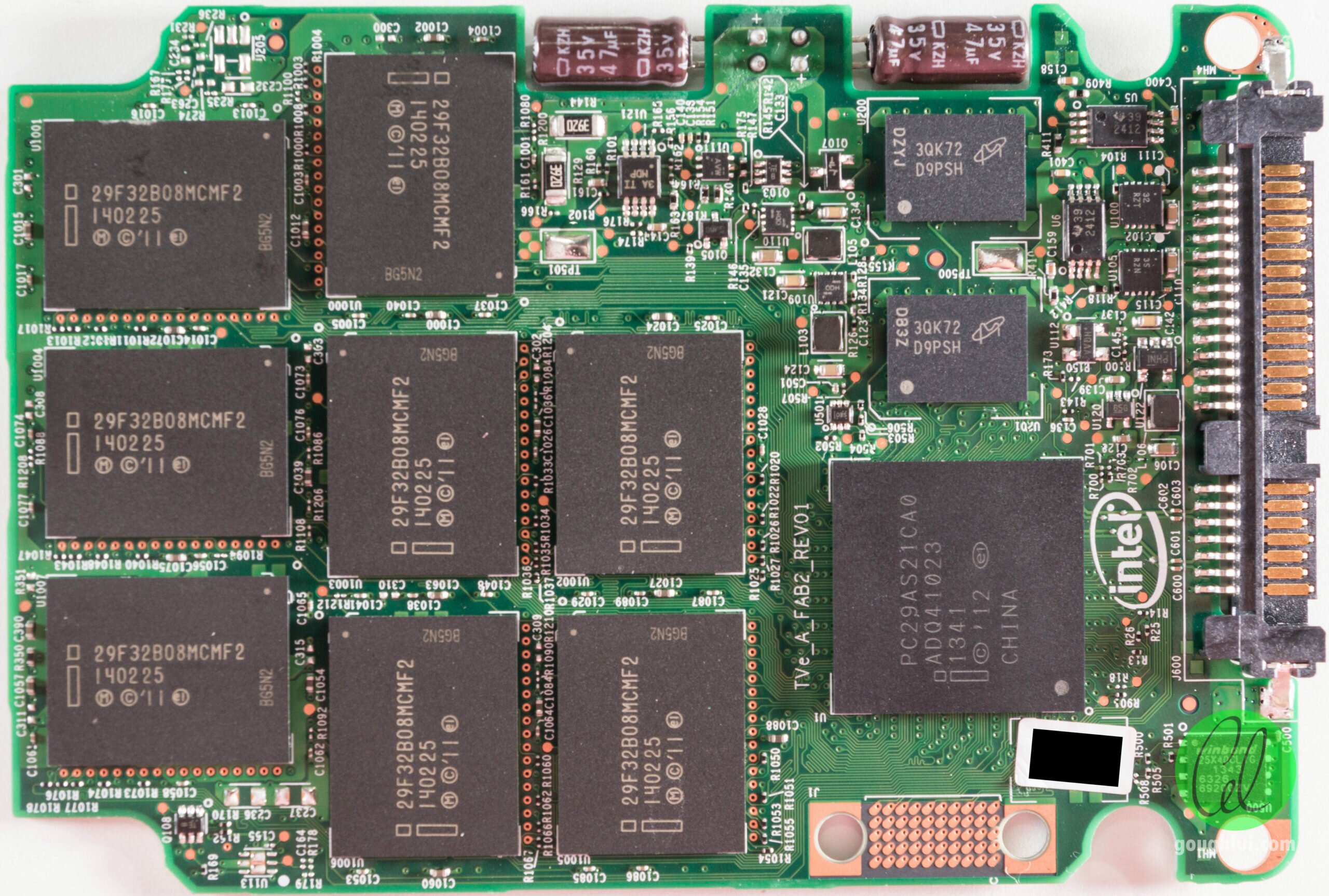You may have came across these terms while looking at a processor specifications. Ever wondered what these are and what do these mean? Here, we are going to discuss them all simply so that you can understand better.
Simply, these are the different technologies of attaching a processor to the motherboard. These all uses a different concept of mounting a processor on the motherboard. Intel and AMD uses different types of technologies in their processors.
These are :
- PGA – PIN GRID ARRAY
- ZIF – ZERO INSERTION FORCE
- LGA – LAND GRID ARRAY
- BGA – BALL GRID ARRAY
Let’s go through each of these one by one.
Pin Grid Array (or PGA) Commonly used by AMD
As the name suggests, PGA processors have a large number of small conductive pins on its surface which goes into the small holes in the motherboard socket.
-

Pins on a PGA Processor
Image Courtesy: techjunkie -

AM4 socket with small holes
Image Courtesy: teckknow
AMD is using PGA technology since 2010.
However, AMD’s latest Ryzen series processors, which gives customers good performance under budget, uses 1331-pin AM4 sockets.
Most of the PGA sockets are ZIF.
One main drawback of PGA technology is the processor is more likely to be damaged if not handled with care. The processor have small pins, if these gets bent, broken and damaged in any way, the processor is damaged.
-

Bent pins of a Processor
Image Courtesy: hardwarecancaus -

Broken Pins of Processor
Image Courtesy: Youtube
Exception: AMD’s latest Threadripper processors, which are very much powerful processors are using the latest LGA4094 socket. Whereas some of the old processors of AMD before 2010 used LGA Technology.
Zero Insertion Force (or ZIF) Widely used by AMD
ZIF are extended and enhanced version of PGA. It is exactly same as PGA expect these have lever to loosen and tighten the grip of processor pins into the motherboard socket.
This helps us to lock the processor into the socket tightly and it also prevents the processor to get damaged as we do not require any special force and press on the processor when inserting. We just have to put the processor onto its place and lock it and we are good to go!
-

Small 20-Pin ZIF socket with lever
Image Courtesy: rhydolabs -

1331 pin AM4 socket with silver color liver on right side
Image Courtesy: teckknow
Almost every PGA we use in computer motherboard are ZIF-PGA.
Some of the good examples of ZIP-PGA sockets are AM3+, AM4 etc. which are being used by AMD across its budget range processors.
Yes, AM4 is known as PGA but the foam we see it on motherboard, practically, is actually ZIF-PGA.
Land Grid Array (or LGA) Commonly used by Intel
LGA processors are opposite to PGAs. These have small pins on motherboard and a number of flat plain conductive dots on the surface of the Processor.
-

A LGA 1151 processor having gold plated conductive dots
Image Courtesy: Wikipedia -

A LGA1151 socket with small pins
Image Courtesy: Wikipedia
LGA sockets are known by the number of pins in the same. i.e. LGA 1151 have 1151 connectors b/w motherboard and processor.
In the case of LGA technology, the motherboard is more likely to be damaged if not handled with care as the motherboard have very small and force sensitive pins which are not user replaceable in case of broken and bent.
LGA was introduced in 1966 but Intel is using it since 2004 when Pentium 4 and Core 2 processors were introduced which uses LGA775 socket.
However, The Intel’s latest Sky lake, Coffee Lake and Kaby Lake processors comes with LGA1151 socket. The extreme series processors from i7 and i9 family comes with a whooping LGA2066 socket.
Higher the number of pins, more stable and fast data transfer is possible between the main memory (RAM) and processor and the more stable power supply a processor can get. That is the main reason, very powerful AMD Threadripper processors comes with LGA4094 socket. Yes, 4094 Pins!
Exceptions: Some of Intel Pentium, Atom and Core processors introduced before 2004, which used either a slot mechanism or PGA mechanism to get installed.
Ball Grid Array (or BGA) used in mobiles and laptops
These are an edition of PGA technology! But These once attached on a motherboard can’t be replaced or removed. These are permanently soldered on a motherboard. These are power efficient processors which are designed to run on a battery power and give a long battery backup. These are used by Intel and AMD both, to produce laptop and mobile processors.
-

A BGA Processor permanently attached in Mobile (Image Courtesy: howstuffworks) -

A BGA processor back side with lots of solder balls (Image Courtesy: Adobestock)
In practical, BGA is used more than PGA and LGA! Yes, our mobile phones and laptops uses a BGA based processor.
BGA Sockets names are represented with the number of connections taking place between the processor and the motherboard. i.e. In the picture you can see a Intel Core i7 8550U specifications. It is FC-BGA1356. It means there are 1356 connections between the processor and motherboard.
One of the major drawbacks of BGA is that it is not upgradeable.
What is FC written in the specifications of the processor socket?
- FC, Flip Chip, C4 is a method of connecting a semiconductor device (say processor) to the circuit board (or motherboard), either by connection between the pins or by soldering it permanently.
- It simply means FC-XXX and XXX are same stuff. i.e. FC-BGA1356 and BGA1356 meant same.







